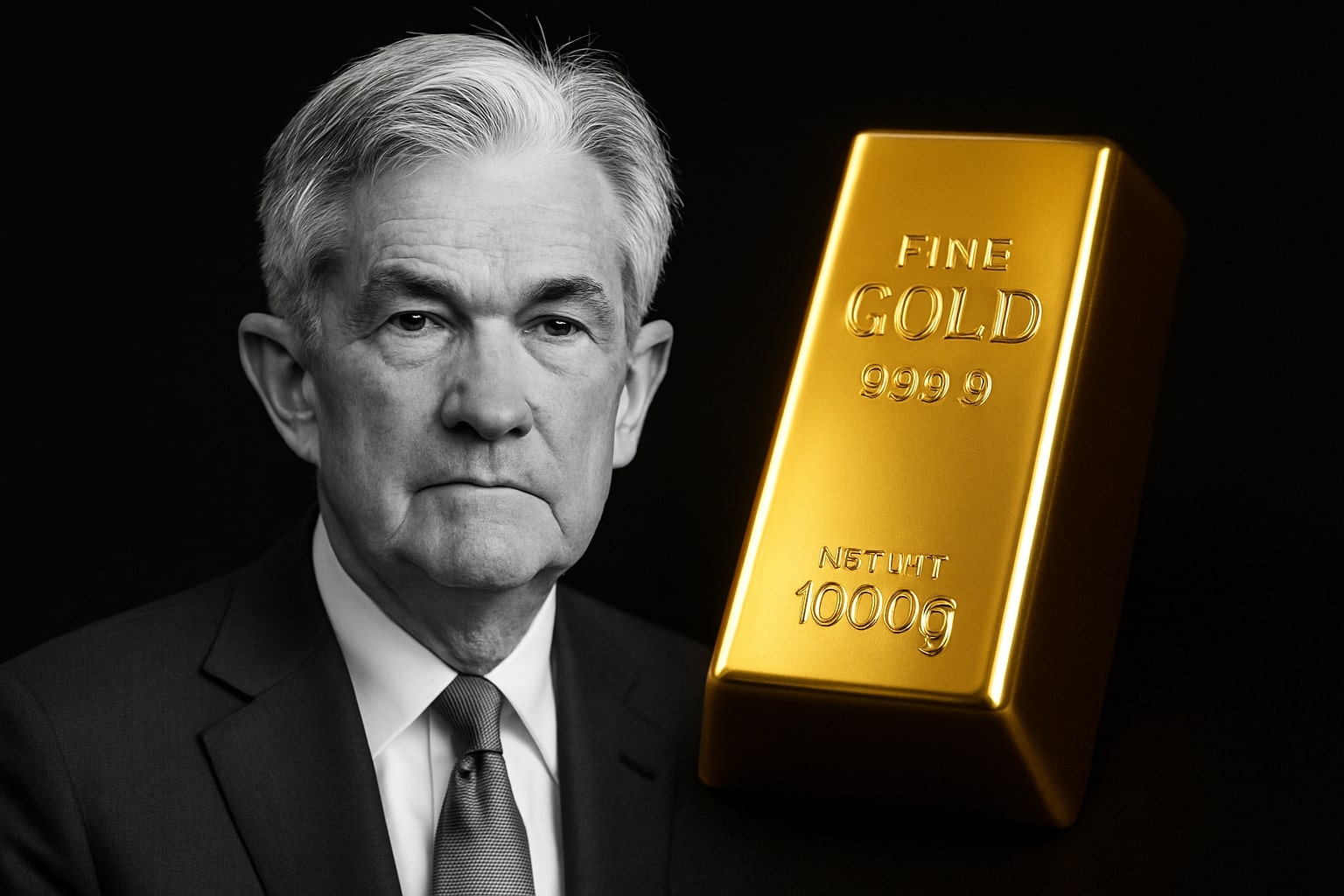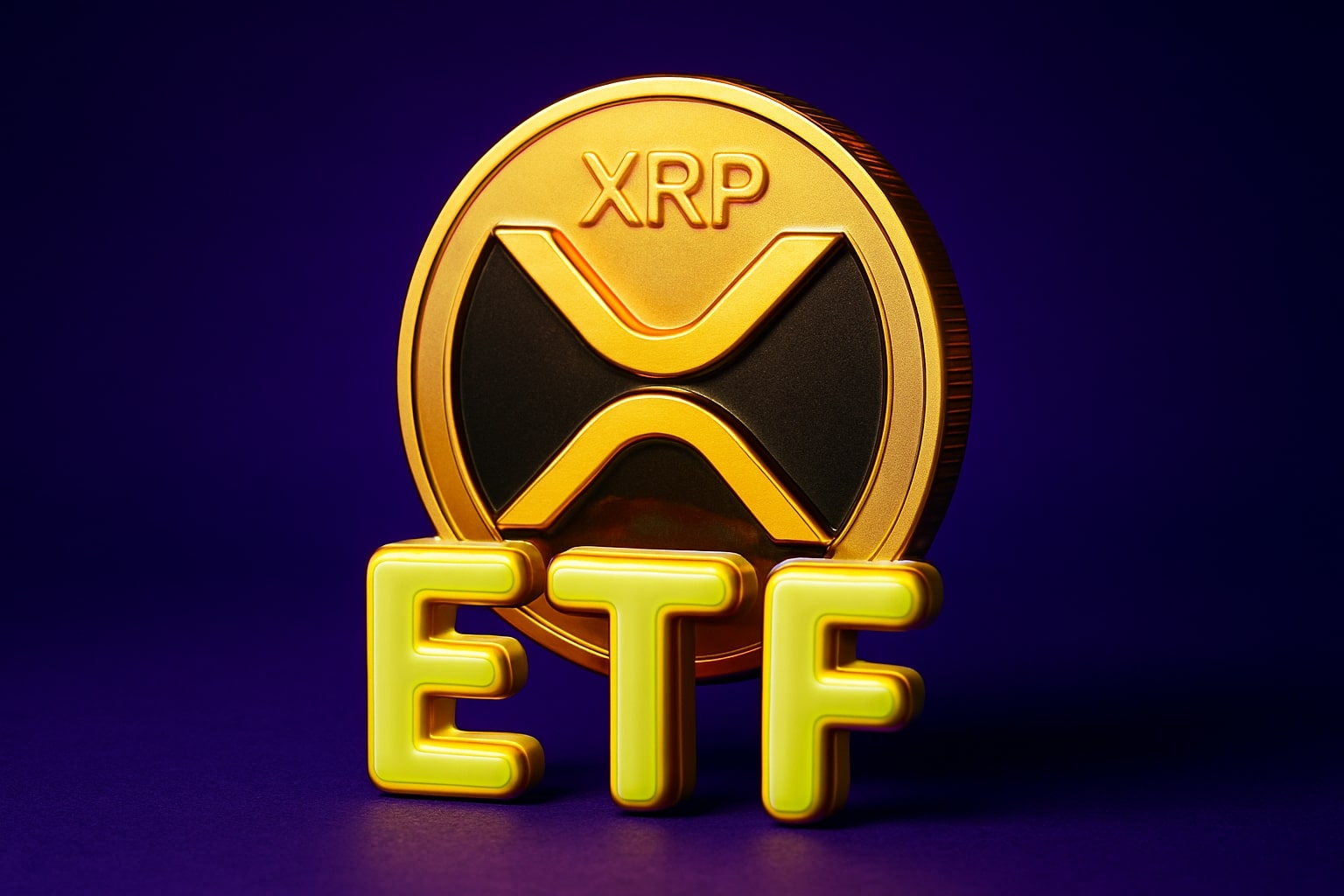
Gold Faces Pivotal Moment as Inflation Risks and Dollar Surge Challenge Safe Haven Status
Will gold rebound or slide further? Election outcomes, inflation pressure, and dollar strength set the stage for a critical turning point in gold’s price journey | That's TradingNEWS
Gold Price Analysis: Navigating Turbulence as Headwinds Intensify
Election-Induced Shifts Pressure Gold Market Amid Dollar Surge
Following the recent Republican victory in the U.S. elections, gold (XAU/USD) has faced significant headwinds. The election outcome is anticipated to bring about pro-business policies, and the markets responded with a strong dollar and higher Treasury yields, both of which have pressured gold prices. With the dollar gaining strength, the opportunity cost of holding non-yielding assets like gold has risen, leading many investors to reallocate funds toward interest-yielding alternatives.
At present, gold is trading near recent lows, around the $2,559-$2,558 region, marking a decline over multiple sessions. The election’s implications have significantly influenced investor sentiment, spurring some market participants to shift focus to other assets, such as equities and cryptocurrencies, that are expected to perform well under the new administration's policies.
Gold ETFs and COMEX Data Reflect Weakened Demand
Data from the World Gold Council highlights a noticeable shift in global gold exchange-traded funds (ETFs). The first week of November saw these funds shed an estimated $809 million, reflecting reduced demand from North American investors who are reallocating capital in favor of more favorable bond yields and equities. This shift in sentiment has been further reinforced by COMEX data, which shows that managed money positions in gold decreased by roughly 74 metric tons in the same period, marking an 8% drop week-over-week.
The divergence in regional demand is also evident: while Asian interest in gold remains relatively strong, North American investors are increasingly exploring alternatives. The World Gold Council attributes this trend to recalibrated risk expectations, as investors consider equities and bonds to potentially offer better returns under the newly elected administration’s policies.
Equities and Cryptocurrencies Gain as Investors Diversify Away from Gold
Following the U.S. election, assets beyond gold have experienced a surge in interest. U.S. stocks, particularly within the technology sector, have rallied on the assumption that new tax reforms and infrastructure spending will fuel corporate growth. This shift has further contributed to the reallocation of funds away from gold.
Bitcoin has also seen increased attention amid expectations of favorable cryptocurrency policies under the Trump administration. Investors seeking inflation hedges are looking toward digital assets, especially as they gain momentum as a potential store of value. This movement into stocks and cryptocurrencies has inevitably led to reduced inflows into gold, as many investors prioritize these assets over the traditional safe haven.
Inflationary Policies and Gold’s Long-Term Potential
Despite the current downturn, analysts maintain a positive long-term outlook for gold. The new administration’s policies, which may include tax cuts, tariffs, and increased government spending, are expected to boost inflation over time. Historically, gold has acted as a hedge against inflation, and if inflation rates rise, the appeal of gold as a means to preserve purchasing power is likely to increase.
The World Gold Council also projects that rising government expenditures could drive the U.S. deficit higher, potentially undermining the creditworthiness of Treasuries. This scenario may increase demand for gold among central banks and international investors who use gold to diversify their reserves. As such, while short-term sentiment is pressured, the underlying fundamentals for gold in an inflationary environment remain strong.
Technical Analysis: Key Levels to Watch in Gold's Bearish Trend
Gold’s technical indicators have shown a sustained downtrend. Recently, the price dropped below the $2,600 mark, coinciding with a 38.2% Fibonacci retracement level from the June-October rally. This breach signals a bearish trend, with further downside possible if gold fails to maintain key support levels.
-
Support Levels: Key support appears around the 50% retracement level near $2,534, with additional support around the previous resistance level of $2,532. Should gold fail to hold at these levels, the next target could range between $2,484 and $2,473, which aligns with the 61.8% Fibonacci retracement.
-
Resistance Levels: Gold faces resistance near $2,580, with additional barriers around the $2,600 mark. If bullish sentiment returns, a move past $2,630 could pave the way for testing higher resistance levels near $2,660.
The monthly trend has turned bearish, with the metal breaking through multiple moving averages. Gold’s daily RSI is nearing oversold levels, reflecting the extended downward momentum. If the RSI drops below 30, further declines could ensue. Conversely, a hold above these lower levels may signal potential consolidation, offering a reprieve from the ongoing downtrend.
US Dollar Strength and Treasury Yields Continue to Challenge Gold
The U.S. dollar’s recent ascent, buoyed by higher bond yields, has placed considerable pressure on gold. The U.S. Bureau of Labor Statistics reported that the Consumer Price Index (CPI) rose by 0.2% in October and by 2.6% annually. This report reinforces expectations that the Federal Reserve may adopt a more cautious approach to rate cuts, particularly as inflation risks remain elevated.
In addition to inflation concerns, the elevated yield on the 10-year U.S. Treasury bond supports the dollar, further weighing on gold. As yields rise, non-yielding assets like gold become less attractive, prompting outflows from gold in favor of yield-bearing alternatives. Comments from Federal Reserve officials have underscored the challenges of managing inflation, with policymakers expressing caution over the pace of rate cuts.
Geopolitical and Fiscal Policies Impact Gold's Outlook
As geopolitical factors continue to unfold, gold’s appeal as a safe haven remains contingent on several potential catalysts. Any escalation in trade tensions, for example, could renew interest in gold as a means of hedging against currency risks and economic uncertainty. Additionally, if inflation rises faster than anticipated, central banks worldwide may increase their gold reserves to hedge against currency devaluation.
The Trump administration’s anticipated fiscal policies, including increased spending on infrastructure, may drive inflationary pressures higher, creating a supportive environment for gold in the long term. However, in the short term, gold prices are likely to be influenced by investor sentiment toward U.S. equities, the strength of the dollar, and changes in bond yields.
Gold Price Forecast: Near-Term Bearish, Long-Term Potential
While the current sentiment for gold remains bearish, given the dollar's strength and rising Treasury yields, the long-term fundamentals remain intact for potential upside, especially if inflation begins to rise. Should inflationary pressures take hold as projected, gold may experience renewed demand, particularly from institutional investors and central banks.
From a technical perspective, a sustained break below $2,534 could open the door to further losses. However, if gold can hold above this critical support, a potential rebound could follow, especially if geopolitical uncertainties or inflation concerns drive demand back to safe-haven assets.
Ultimately, while the short-term outlook for gold remains challenging, the long-term picture remains cautiously optimistic, especially in the face of potential inflationary headwinds that may strengthen gold’s appeal in preserving value.
That's TradingNEWS
Read More
-
SCHD ETF (NYSEARCA:SCHD) Climbs To $27.25 As Investors Flock To Dividend Stability Over Tech Volatility
12.11.2025 · TradingNEWS ArchiveStocks
-
XRPI and XRPR Jump as First U.S. XRP ETF Nears Launch With XRPC Set for Nasdaq Listing
12.11.2025 · TradingNEWS ArchiveCrypto
-
Natural Gas Price (NG=F) Steadies at $4.53 as Record LNG Exports and Rising Winter Demand Boost Market Confidence
12.11.2025 · TradingNEWS ArchiveCommodities
-
USD/JPY Price Forecast - USDJPY=X Holds At ¥154.10 As Intervention Threats And Fed Cut Expectations Drive Volatility
12.11.2025 · TradingNEWS ArchiveForex



















